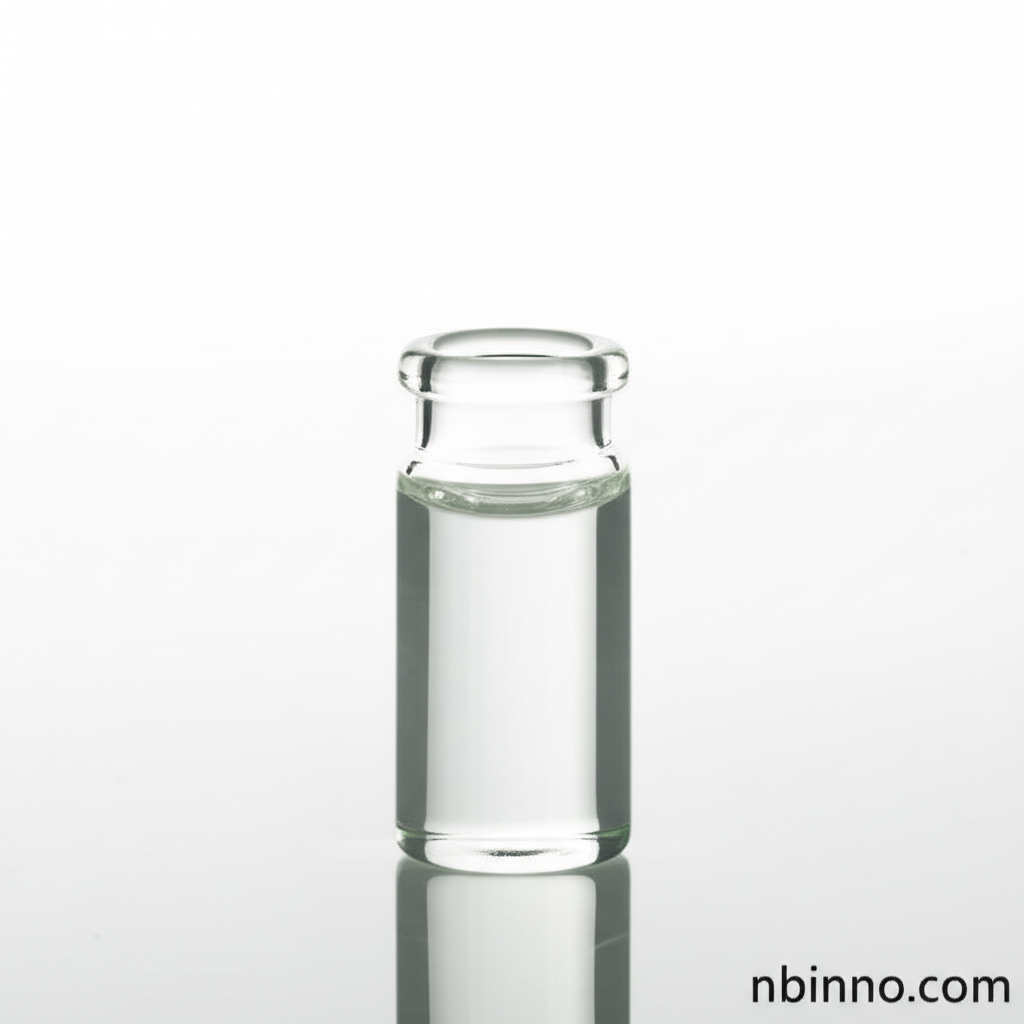4-Bromo-1-chloro-2-fluorobenzene: Your Key Organic Synthesis Intermediate
Discover the power of 4-Bromo-1-chloro-2-fluorobenzene (CAS: 60811-18-9) as a vital building block for innovative pharmaceuticals, agrochemicals, and specialty chemicals. Unlock new possibilities in your synthesis projects with this versatile compound.
Get a Quote & SampleProduct Core Value

4-Bromo-1-chloro-2-fluorobenzene
We are a leading supplier in China for high-quality 4-Bromo-1-chloro-2-fluorobenzene, a critical intermediate essential for advanced organic synthesis. As a reliable manufacturer in China, we provide this compound with high purity, enabling efficient reactions in pharmaceutical and agrochemical applications. Our commitment to quality ensures that your synthesis projects benefit from consistent and reliable material.
- Explore the role of 4-bromo-1-chloro-2-fluorobenzene synthesis in creating novel pharmaceutical agents, streamlining your drug development pipeline.
- Utilize CAS 60811-18-9 applications to enhance the formulation of effective agrochemicals, contributing to improved crop yields.
- Leverage this essential organic synthesis intermediate as a versatile building block for complex molecule construction.
- As a key player in specialty chemical manufacturing, we ensure the availability of this vital compound for your research and production needs.
Advantages in Your Synthesis
Enhanced Reactivity
The unique halogenated structure of 4-Bromo-1-chloro-2-fluorobenzene significantly enhances its reactivity, making it an indispensable tool for chemists aiming to achieve precise molecular transformations. This characteristic is crucial when pursuing complex organic synthesis.
Versatile Building Block
As a versatile building block, this chemical intermediate allows for the precise introduction of functional groups, facilitating the creation of diverse and complex molecules. Its utility in pharmaceutical building blocks is well-established.
Process Optimization
Its stability and compatibility with various reaction conditions make 4-Bromo-1-chloro-2-fluorobenzene an ideal choice for synthetic chemists looking to optimize their processes, ensuring efficiency and reproducibility in your fine chemical intermediates work.
Key Applications
Pharmaceutical Synthesis
This compound is a cornerstone for the development of novel drug candidates. Its role in pharmaceutical synthesis is critical for creating active pharmaceutical ingredients, making it a key component for advanced organic synthesis.
Agrochemical Development
In the agrochemical sector, it serves as a vital intermediate for pesticides and herbicides, contributing to more effective agricultural practices and improved crop yields. This highlights its importance in agrochemical intermediates.
Specialty Chemicals
Its unique properties make it valuable in the production of specialty chemicals, including advanced materials that offer superior chemical resistance and durability, vital for specialty chemical manufacturing.
Research and Development
As an essential building block, it fuels innovation in research laboratories, enabling chemists to explore new synthetic pathways and discover novel compounds within the realm of organic chemistry building blocks.
